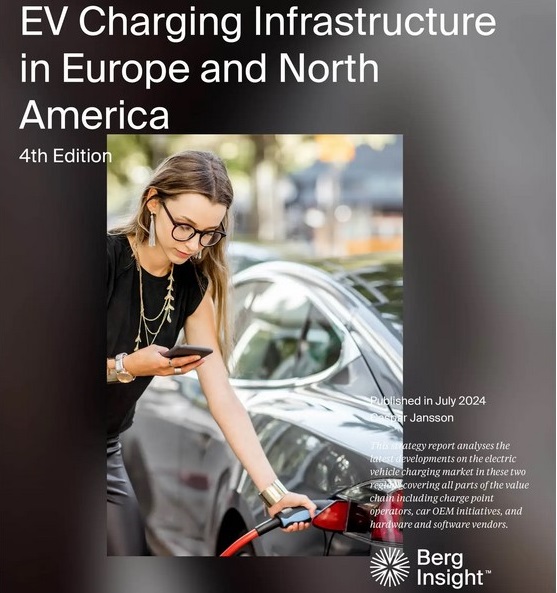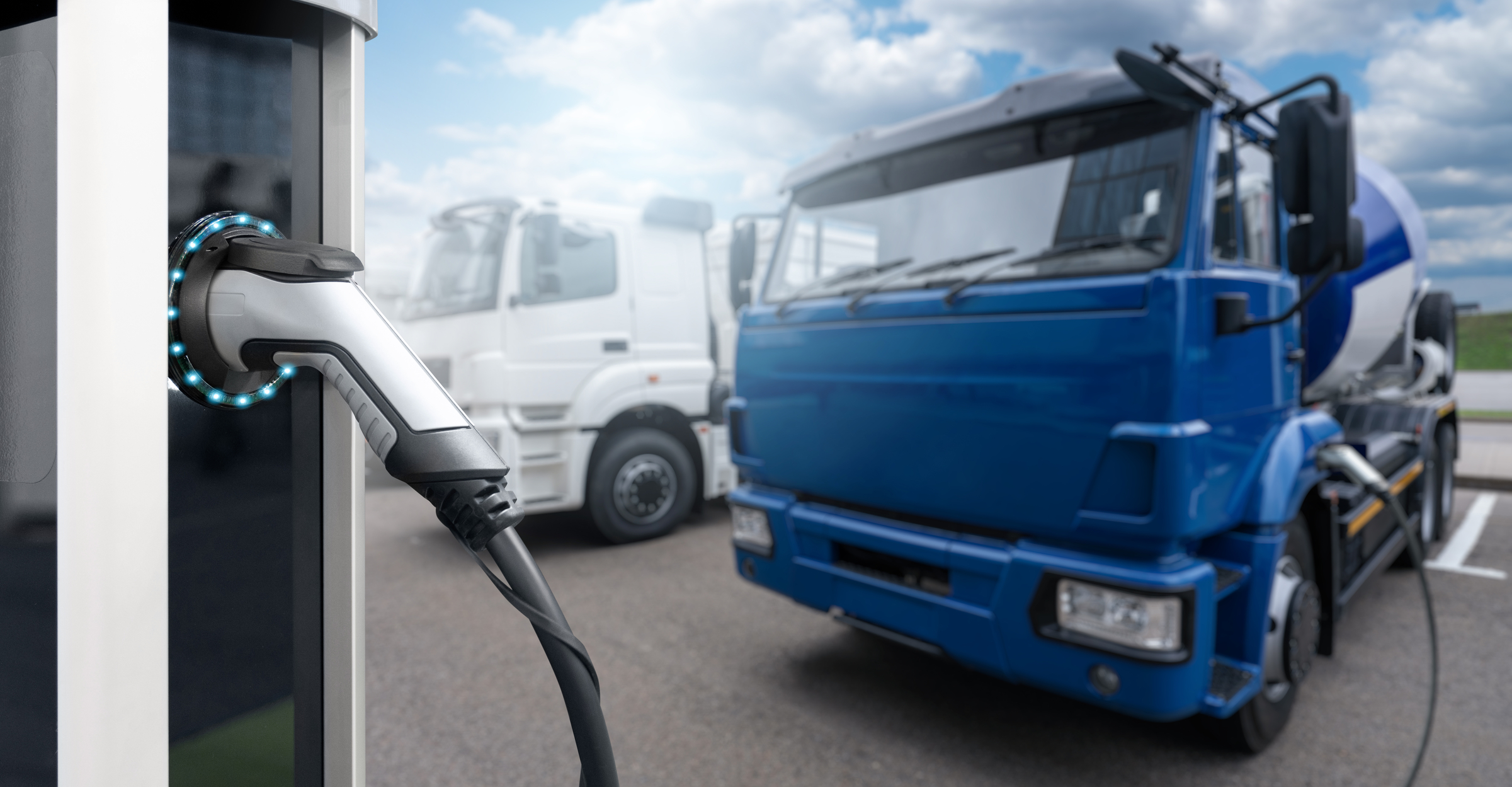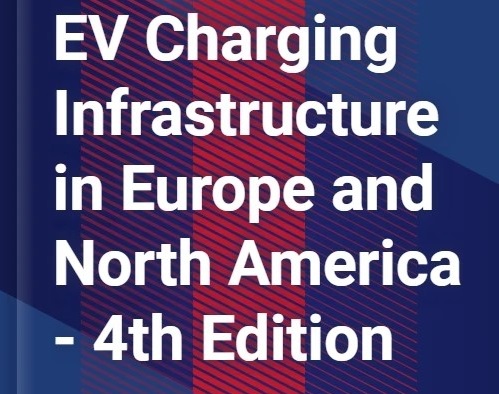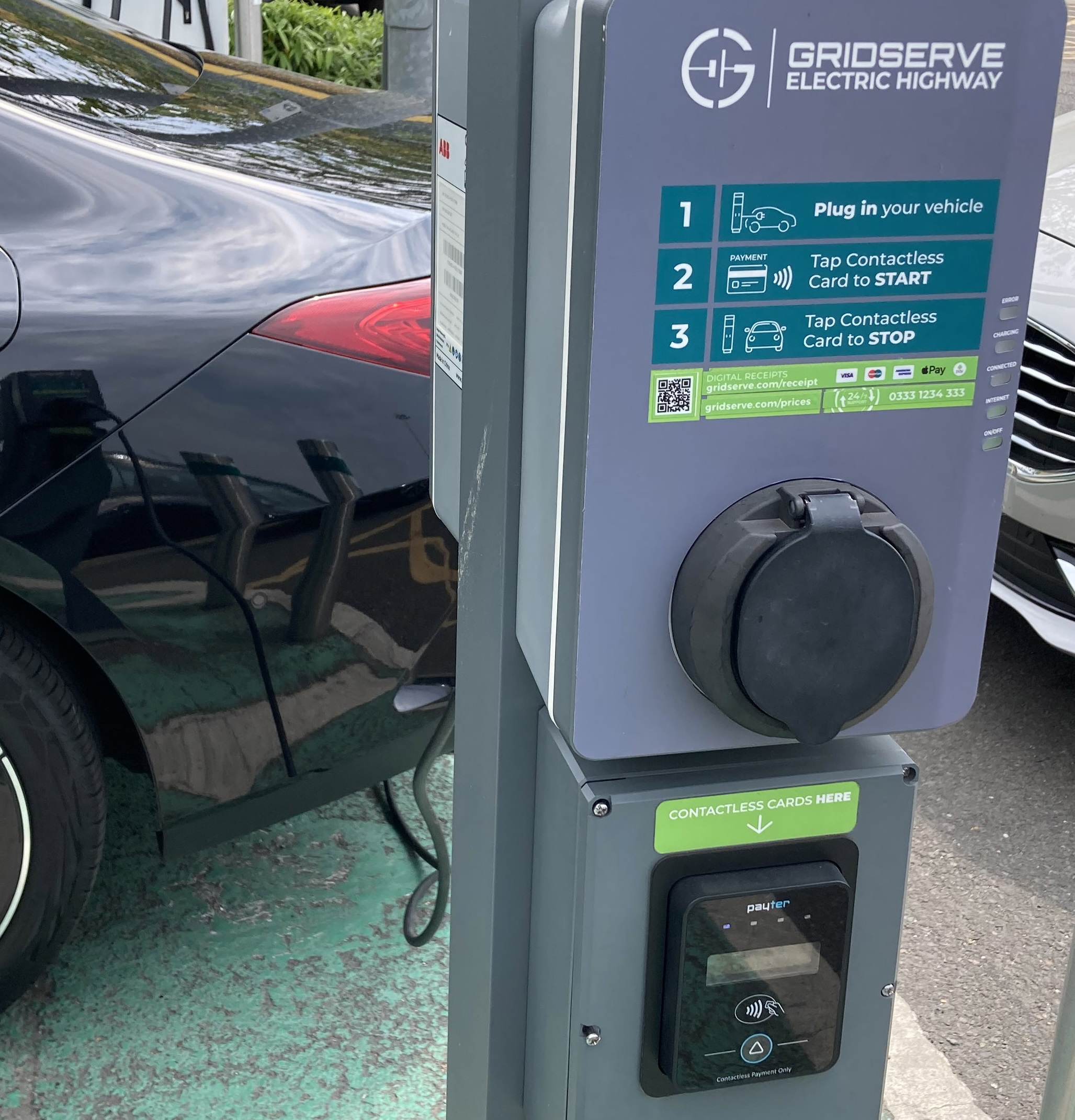
The number of connected EV charging points in Europe and North America reached an estimated 3.3 million units in 2021. Europe represents the largest share comprising around 2.6 million of these charging points, corresponding to a connectivity penetration rate of 57%.
In North America, about 0.7 million of the total number of charging points were connected, equivalent to a connectivity penetration rate of 52%.
Growing at a compound annual growth rate of 40%, the number of connected charging points in the two regions is expected to reach 18.0 million in 2026.
The connected EV charging station market is served by a variety of players. The type of companies offering back-office software platforms for charging stations include dedicated charging station management software providers, hardware providers as well as charge point operators (CPOs). The back-office platforms developed in-house by CPOs are in some cases also offered as white-label solutions to other CPOs.
In North America, ChargePoint is a CPO with proprietary hardware and software solutions that additionally offers its solutions to other CPOs. The company is a clear leader in terms of charging points connected to its software platform in North America.
Additional companies having a notable number of connected charging stations on their platform in the region include Flo, SemaConnect, EV Connect, Blink Charging, Shell Recharge Solutions and Tesla. ChargePoint and Enel X further account for the majority of the connected home chargers in the region.
Examples of specialised software vendors with a significant number of charging points connected to their platforms in Europe include Last Mile Solutions, Virta, Ampeco, Greenflux and Driivz. Some more hardware focused actors like Easee, Pod Point and Zaptec have many connected charging points but usually support a less comprehensive set of use cases with their software offering.
Full-service providers like Shell Recharge Solutions and EVBox (Engie) have become significant actors in Europe and have notable numbers of charging points connected to their back-office platforms. A number of European CPOs have also developed proprietary software solutions with numerous charging points under management with examples including Vattenfall, Innogy and Allego.
“The integration of communications technology in EV charging stations can have a considerable impact on the energy costs related to an EV charging station,” said Caspar Jansson, IoT analyst, Berg Insight.
Load balancing is a central component to reduce strain on local grids and enable site owners to keep their charging output within the capacity of their contracts and grid connection. Connectivity also enables electric vehicle drivers to locate chargers, monitor charging availability, book chargers, and manage payments using smartphone apps.
“Connected charging points can be monitored closely and controlled so that they only use surplus energy or only charge when energy prices are low. The increasing adoption of EVs, together with increasing energy costs, will only strengthen the case for connected and smart charging solutions,” continued Jansson. He adds that most of the connected charging points in Europe and North America are either in public or semi-public applications.
“The number of connected home charging stations is still relatively limited in both regions. The share of connected home charging points is expected to increase, along with the general trend of our homes becoming smarter and people’s efforts to reduce energy costs continue,” concluded Jansson.
Download report brochure at: EV Charging Infrastructure in Europe and North America












